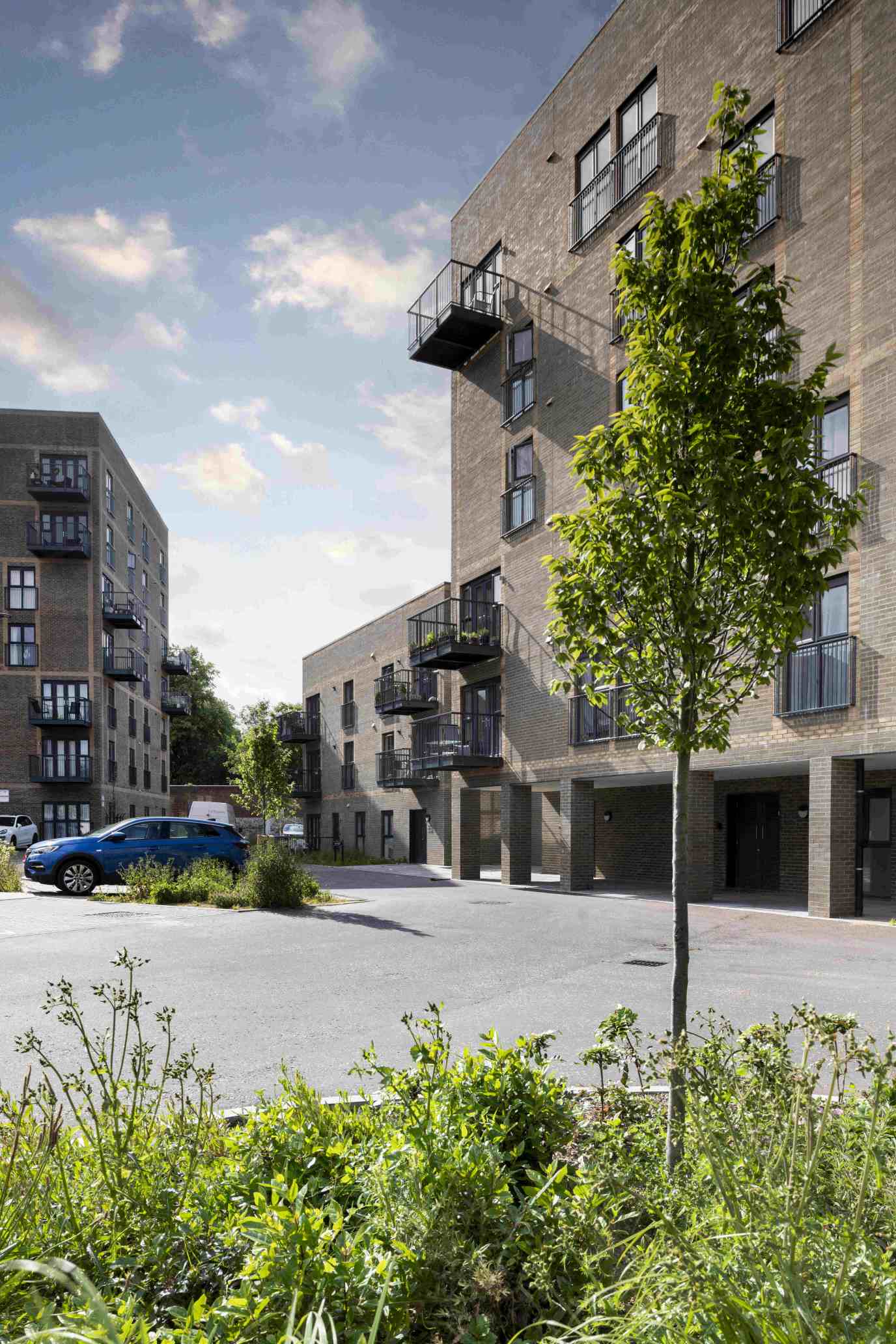VIVID launches the findings of its research with Aston University
Leading housing association, VIVID, is today launching the findings of its research into the quality of housing and neighbourhoods working with the Centre for Personal Financial Wellbeing at Aston University, revealing key areas for consideration when building and retrofitting homes in order to prioritise customer wellbeing.
The two organisations surveyed 1,115 of VIVID’s customers and conducted an extensive literature review to understand the correlation between housing quality and wellbeing, building on VIVID’s 2017 “Homes and Wellbeing” research. The Covid-19 pandemic prompted huge lifestyle shifts, impacted wellbeing and has prompted changes to housing preferences. That coupled with the current fuel and cost of living crisis, means housebuilders need to refocus development with a laser focus on efficiency. The findings of the study help to paint a picture of how the housing sector can continue shaping services, repairs and housing design, keeping the wellbeing of residents at the heart of these plans.
The study finds that increased working from home, multi-generational living and a desire to stay in one home for a lifetime have altered customers’ priorities. The construction and retrofitting of housing must transition with these factors in mind.
VIVID Chief Executive Mark Perry launched the research results at today’s Business South Housing Summit. Mark comments, “Working with Aston University, the purpose of this long-term study has been to really understand the impact of housing quality and community on the wellbeing of housing association customers, to identify the areas which require effort and investment.
“Wellbeing has been at the core of our vision and mission since we were formed in 2017: our services aim to give customers a safe and secure home and provide the foundations for happy, healthy lives.
“Right now, there are too few homes for the number of people needing them in the UK. Aside from just volume, we also need the right type of homes to suit individual and societal needs: too many people are living in unsuitable homes, which has a direct, detrimental impact on their welfare. We hope the findings of this study support the industry in finding ways to better design and build future homes, serve customers and create access to the kind of homes people genuinely need.”
Prof. Andy Lymer, Director of Centre for Personal Financial Wellbeing at Aston University, said, “As an organisation, VIVID has demonstrated a clear understanding of the link between housing quality and wellbeing with their stated mission to give customers a safe and secure home that provides them with the foundations for their wellbeing.
“The research report’s findings will help support the housing sector in the years to come to better meet the needs of the region’s population from both a physical house design perspective as well as a wider community building perspective.”
The relationship between household income, energy costs and financial wellbeing showed that understandably, those with difficulties in paying bills are more likely to report concerns over heating (82% compared to 57% for those without difficulties) and energy inefficiency (24% compared to 14% for those without difficulties), whilst those who have less concern over heating and energy inefficiency are more likely to be satisfied with life.
Value for money and its relationship to wellbeing, new social renters (73%) and shared owners (50%) were more likely to say their home provided good value for money, this is compared to existing social renters (63%) and shared owners (41%), who were also more likely to live in older homes'.
The importance of neighbourhood and community, those who were satisfied with the safety of their home are 3 times more likely to be happy than those who were not.
Focusing on wellbeing over time, there is statistically significant evidence that the anxiety of new social renters dropped a year later, following the move into their home. About 70% of new social renters and 81% of new shared owners reported that the quality exceeded or met their expectations. All respondents who reported the highest level of life satisfaction also agreed that the quality of their VIVID home met their expectations.
The report also delved into the impact of repair turnaround times, financial wellbeing and heating and energy inefficiency on customers’ wellbeing and perceptions of their homes. The full report can be accessed here (PDF, 2MB).


